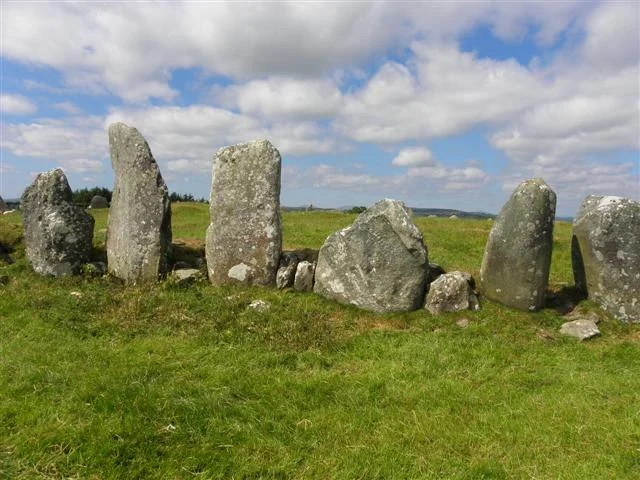Beltany Stone Circle is an ancient monument located near Raphoe in County Donegal, Ireland. It dates back to the late Neolithic period, around 1400 BC. This stone circle is one of the largest in Ireland, consisting of 64 standing stones, though there may have been up to 80 originally. The structure is located on a hilltop, offering clear views of the surrounding landscape, which may have been significant in its use.
Get your dose of History via Email
Structure and Layout

The stones in Beltany form a rough circle, with a diameter of approximately 44 meters. Most of the stones range in height from 1.5 to 2 meters, though one outlier stone stands taller at 2.7 meters. The arrangement of the stones suggests deliberate planning, possibly aligned with certain astronomical events. This is a common feature in stone circles, where solar and lunar alignments were important for rituals or timekeeping.
Purpose of the Stone Circle
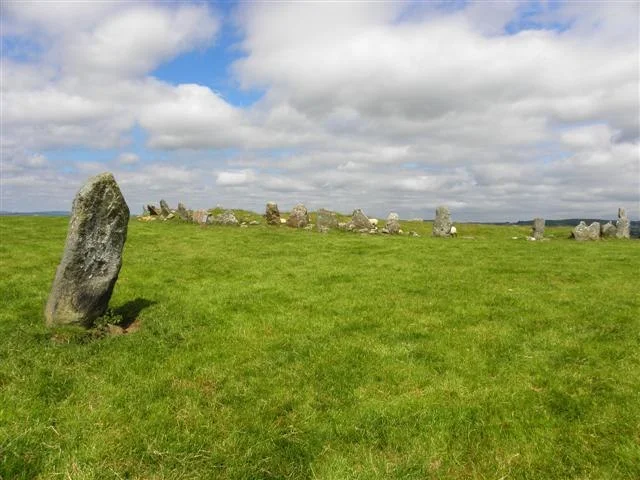
The exact purpose of Beltany Stone Circle is unknown. However, many stone circles in Ireland and Britain served ceremonial or religious purposes. Some researchers believe Beltany may have been used for ancient rituals or as a burial site, although no conclusive evidence has been found. A small stone cairn inside the circle suggests it may have been a burial site at some point in its history.
Astronomical alignments are another possibility. Many stone circles in Ireland have connections to the solar calendar. Some theories propose that Beltany may have been used to track seasonal changes, which were vital to agricultural societies.
The Tall Stone
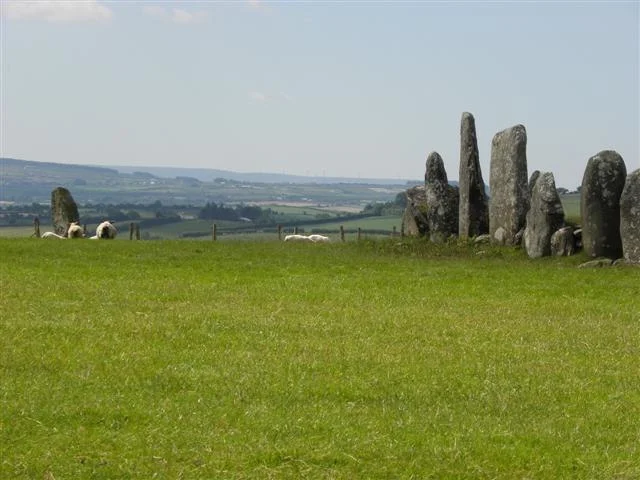
The most notable feature of Beltany is the tall outlier stone located slightly outside the circle. Its positioning has led to speculation about its purpose. It may have served as a marker for specific astronomical events, such as the position of the sun during solstices. Alternatively, it could have had ceremonial or symbolic importance.
Archaeological Research
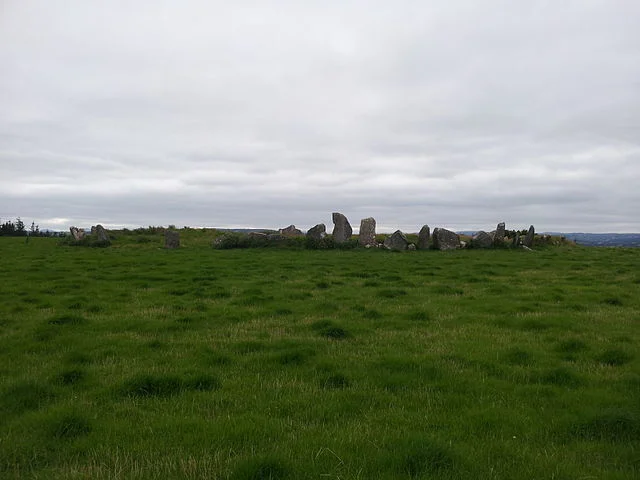
Archaeological excavations at Beltany have been limited. However, the site has been studied by researchers over the years. Excavations have uncovered some small artifacts, such as pottery fragments. These findings support the idea that the site was used during the late Neolithic or early Bronze Age. Despite these discoveries, much about Beltany remains unknown, making it a topic of ongoing interest for archaeologists.
Cultural Significance
Beltany Stone Circle is part of Ireland’s rich Neolithic heritage. It represents the advanced planning and construction skills of its builders. The site remains an important symbol of ancient Irish culture, and it continues to draw visitors and researchers interested in understanding the rituals and beliefs of Ireland’s early inhabitants.
Preservation and Access
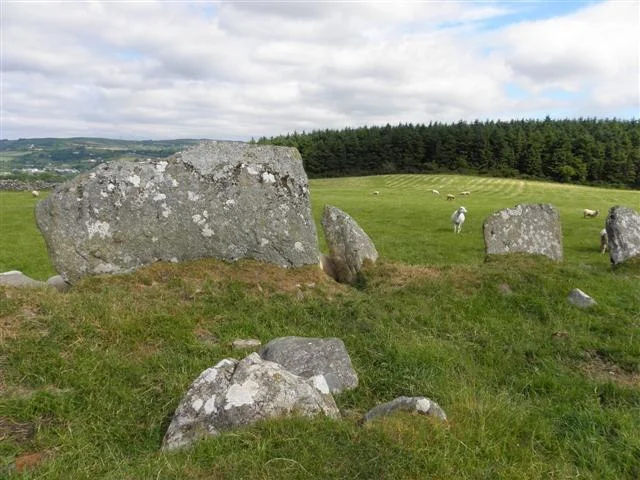
Beltany Stone Circle is a protected monument, managed by Ireland’s Office of Public Works. Visitors can freely access the site, although it is relatively isolated. Efforts to preserve the stones are ongoing, as erosion and weathering continue to affect the structure. The site’s isolated location has helped protect it from significant damage, but conservation remains an important issue for Ireland’s heritage authorities.
Conclusion
Beltany Stone Circle offers valuable insight into Ireland’s prehistoric past. Though much about the site remains mysterious, its size, structure, and alignment suggest its importance to ancient societies. Ongoing research may one day reveal more about its purpose and the people who built it.
Source:

